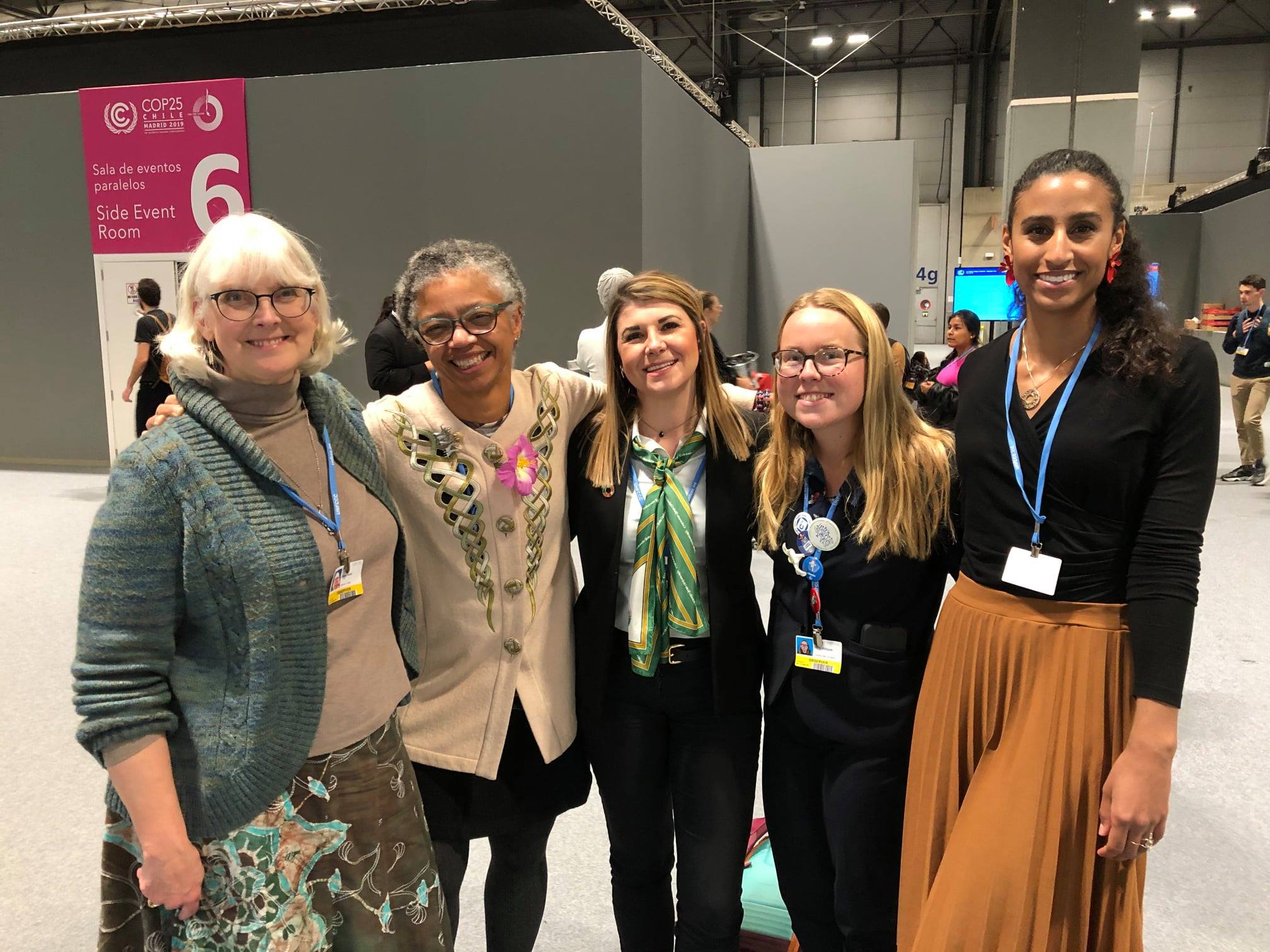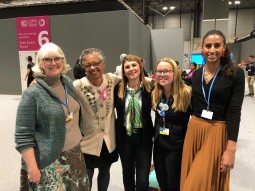 Colorado River Basin Crisis Pt. II (start time: 6:19): This week’s How On Earth show focuses on the implications and future prospects after the federal government in June ordered the seven Western states that rely on the river to come up with a plan to save trillions of gallons of water from the shrinking river) — and after the August 15 deadline came and passed without a deal. (Here’s the Bureau of Reclamation’s news release.) How On Earth host Susan Moran interviews Aaron Citron, senior policy advisor with The Nature Conservancy’s Colorado chapter; and journalist Jerd Smith, editor of Fresh Water News. (For background, check out our July 26th show, Pt. I on the Basin’s Basin’s climate, drought, and overuse crisis. Also, see how you can make a difference by taking advantage of this recently signed legislation that helps Colorado residents convert their grass lawns into water-saving landscapes.)
Colorado River Basin Crisis Pt. II (start time: 6:19): This week’s How On Earth show focuses on the implications and future prospects after the federal government in June ordered the seven Western states that rely on the river to come up with a plan to save trillions of gallons of water from the shrinking river) — and after the August 15 deadline came and passed without a deal. (Here’s the Bureau of Reclamation’s news release.) How On Earth host Susan Moran interviews Aaron Citron, senior policy advisor with The Nature Conservancy’s Colorado chapter; and journalist Jerd Smith, editor of Fresh Water News. (For background, check out our July 26th show, Pt. I on the Basin’s Basin’s climate, drought, and overuse crisis. Also, see how you can make a difference by taking advantage of this recently signed legislation that helps Colorado residents convert their grass lawns into water-saving landscapes.)
Hosts: Susan Moran, Joel Parker
Producer: Susan Moran
Executive Producer: Beth Bennett
Headline contributors: Beth Bennett, Shelley Schlender
Listen to today’s show here:
Podcast: Play in new window | Download (Duration: 28:05 — 38.6MB)
Subscribe: RSS


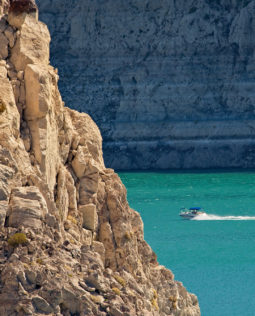
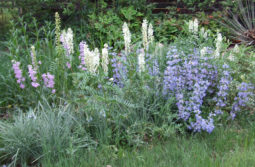

 Nature’s Songs and Cries (start time: 0:59) In this week’s show
Nature’s Songs and Cries (start time: 0:59) In this week’s show  Heartbreak in Our Bodies: (start time: 6:58) This week on How On Earth, host Susan Moran talks with science journalist
Heartbreak in Our Bodies: (start time: 6:58) This week on How On Earth, host Susan Moran talks with science journalist  On this week’s show journalist and author
On this week’s show journalist and author 

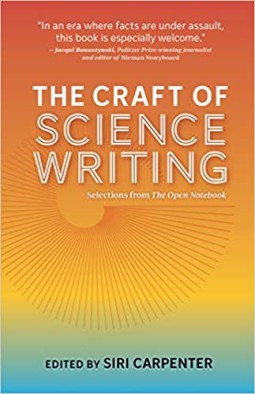 Science for the Rest of Us (start time: 16:38) At a time our own government leaders vilify science and reinvent facts, it seems as important as ever that journalists and the public at large grasp and translate scientific research. A new book, The Craft of Science Writing, offers tips on how to find credible experts (whether on the corona virus or vaccines or climate change), separate truth from spurious assertions, and make sense of scientific studies. The book is aimed at science writers, but it can be a guidepost for anyone who wants to make science more accessible.
Science for the Rest of Us (start time: 16:38) At a time our own government leaders vilify science and reinvent facts, it seems as important as ever that journalists and the public at large grasp and translate scientific research. A new book, The Craft of Science Writing, offers tips on how to find credible experts (whether on the corona virus or vaccines or climate change), separate truth from spurious assertions, and make sense of scientific studies. The book is aimed at science writers, but it can be a guidepost for anyone who wants to make science more accessible. 
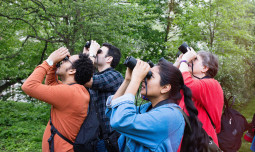
 Conservation on the Edges (start time: 13:26) Charismatic predators like polar bears, grizzlies, and tigers, get lots of attention, and for good reason. But many lesser known species, particularly those living in extreme environments–including muskoxen, wild yaks, takins and saigas–are also important species. They have been the research focus of
Conservation on the Edges (start time: 13:26) Charismatic predators like polar bears, grizzlies, and tigers, get lots of attention, and for good reason. But many lesser known species, particularly those living in extreme environments–including muskoxen, wild yaks, takins and saigas–are also important species. They have been the research focus of 